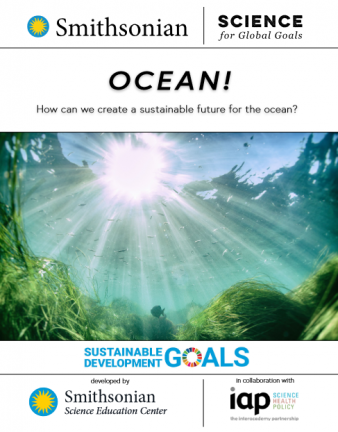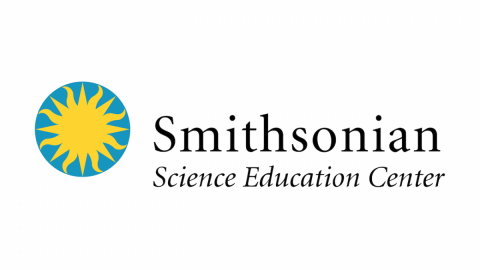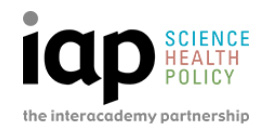"How can we create a sustainable future for the ocean?"
The goal of this guide by the Smithsonian Science Education Center is to prepare young people to take considered action on pressing global issues. Considered action means young people learn about a problem, connect it to the larger system, consider all the complexities of the problem, decide for themselves the best way to address it, and then execute a solution. Through this process young people are prepared not only to take considered action on a specific issue, but to build the skills needed to take action on all issues that affect them and their communities.
Summary:
1) Section 1: Ocean introduction
Task 1: What are our connections to the ocean?
Task 2: What are ocean systems and why are they important?
2) Section 2: Ocean and water
Task 1: How does water move around our planet?
Task 2: How do circulating water pollutants affect our planet?
3) Section 3: Ocean and air
Task 1: How do ocean systems help regulate Earth’s air?
Task 2: How can we prevent ocean acidification?
In part 2 you will find the following topics. Download part 2 here.
4) Section 4: Ocean and heat
Task 1: How does the ocean help regulate Earth’s temperature?
Task 2: How will a warming ocean affect people and the planet?
5) Section 5: Ocean and food
Task 1: How are the organisms of the ocean linked in a system?
Task 2: How can people be a sustainable part of ocean food webs?
6) Section 6: Ocean and coast
Task 1: What are the conflicts over coastal spaces and how could they be resolved?
Task 2: How can we conserve coastal ecosystems and the benefits they provide?
7) Section 7: Taking action
Task 1: How are different ocean systems interconnected?
Task 2: How will we contribute to a healthy ocean?
The guide OCEAN! was originally published on the website of the Smithsonian Science Education Center here.


